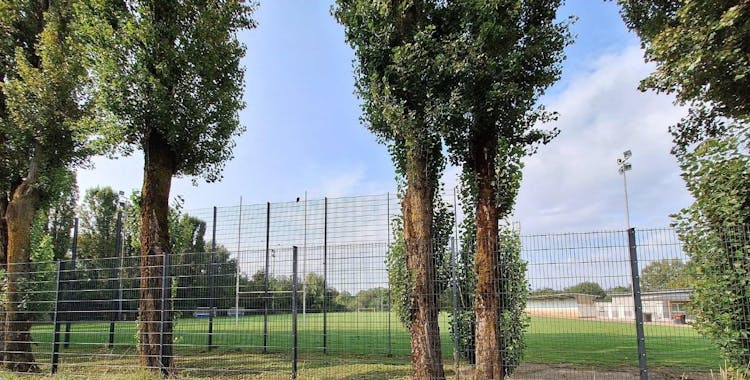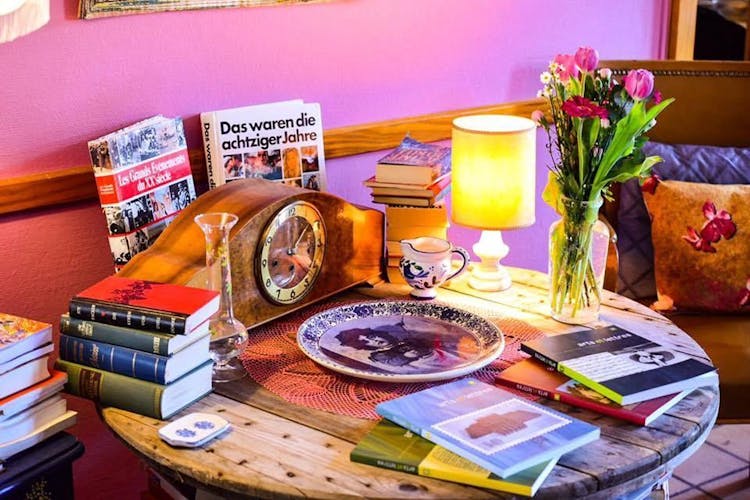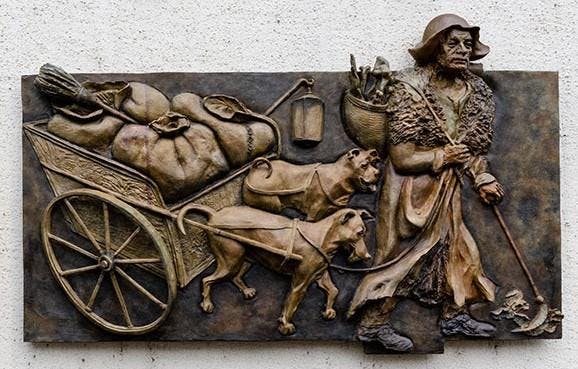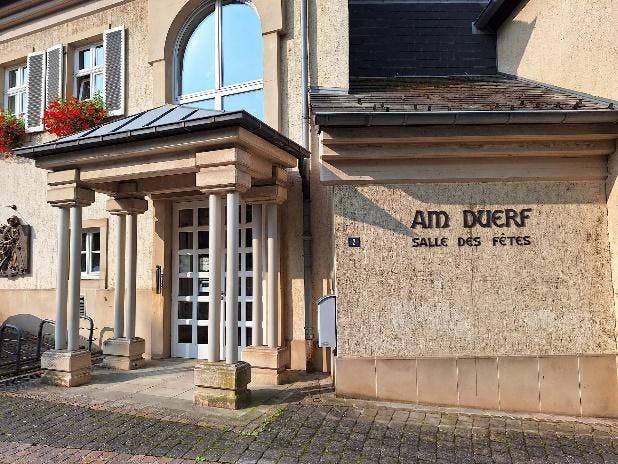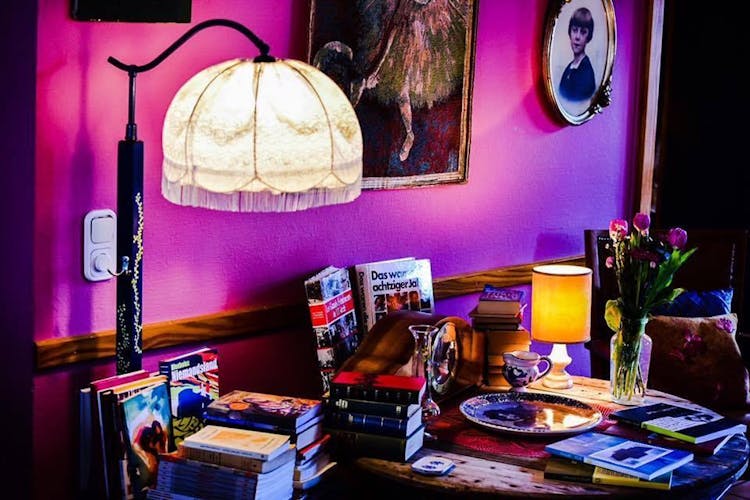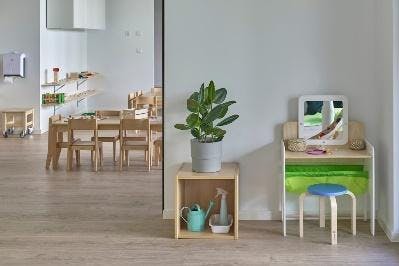
Weimerskirch: a small parish neighborhood in Luxembourg
In this article, we explore the historical roots, demographic dynamics, and unique lifestyle Weimerskirch offers.
Located to the northeast of Luxembourg City, just northwest of Kirchberg, Weimerskirch boasts a strategic position with close proximity to the Kirchberg business district, European institutions, and the CHL Eich hospital. Bordered by Dommeldange to the north, Kirchberg to the southeast, Pfaffenthal to the south, and Eich to the west, the neighborhood exudes a tranquil, village-like ambiance, distinguishing itself as one of the capital's less densely populated residential areas.
General characteristics of Weimerskirch
Weimerskirch, being a small neighborhood, faces a scarcity of infrastructure, particularly in cultural, sports, and commercial domains. The neighborhood lacks supermarkets, necessitating trips to adjacent areas for essentials.
Population of Weimerskirch neighborhood
As of 2024, Weimerskirch's population is making up 1.83% of the capital's total. It is one of the least densely populated areas but has a considerable number of foreign residents, at 69%, which is close to the citywide average of 70.44%.
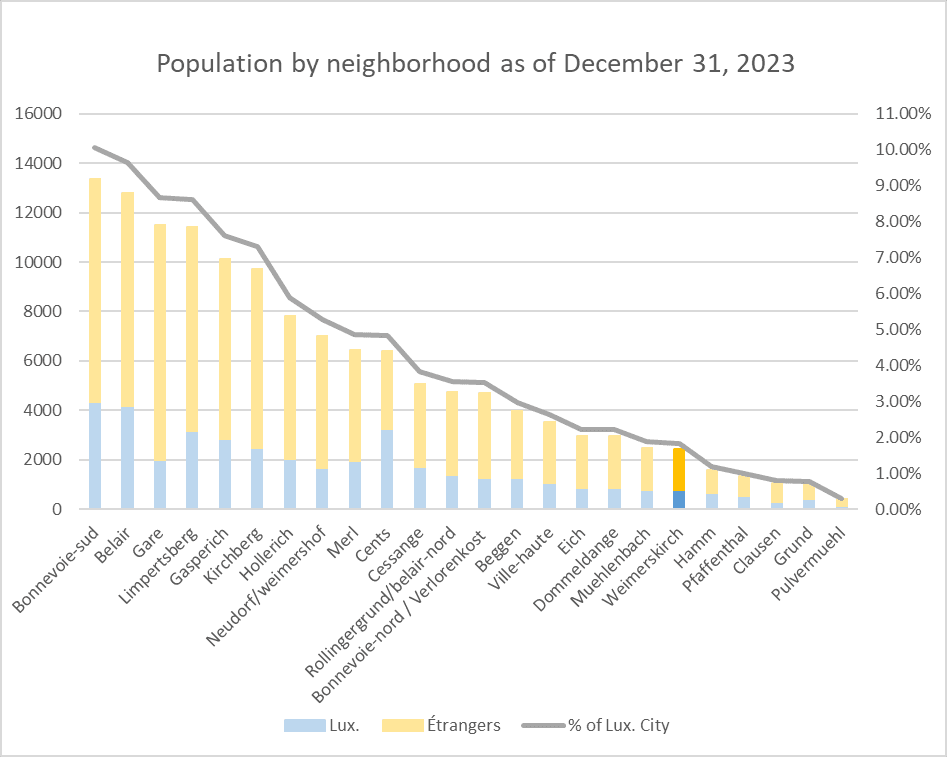
Transport accessibility





You can check the route of each bus line in detail on the interactive map provided by the city of Luxembourg and get detailed instructions to get from one point to another on their route planner page.
Renting and buying real estate
Weimerskirch offers an attractive real estate market, with buying prices notably lower than the city's average. The cost to buy property here is much less per square meter compared to the overall city average.
Rental rates are also quite appealing, significantly below the capital's average per square meter. These favorable pricing conditions make Weimerskirch an appealing option for anyone looking for affordable and accessible housing options in Luxembourg.
For purchase prices stand at
For renting prices stand at
Applications, search and profound advice in our guide to rent in Luxembourg

Infrastructure of the neighborhood
Despite its quaint charm, Weimerskirch grapples with infrastructure shortages, notably in cultural, sports, and commercial facilities. Residents often find themselves venturing into adjacent areas for basic essentials due to the absence of supermarkets within the neighborhood.
Yet, it's the unique establishments like the literary café Le Bovary and Laval Parc that infuse Weimerskirch with a distinctive character. Furthermore, the proximity to the CHL Eich Hospital Center enriches the neighborhood, providing vital health services and adding an important dimension to the area's infrastructure.
Place to call home
If you're considering making Luxembourg your new home, we encourage you to explore our range of articles that look in depth at the different city communes and neighborhoods.
Pros and cons of living in the neighborhood
Weimerskirch offers a delightful residential environment, ideal for families seeking a tranquil, village-like atmosphere. Its proximity to the Kirchberg business district adds allure, making it particularly attractive for professionals. A notable advantage lies in the affordability of real estate, both for purchasing and renting, with prices comparably budget-friendly compared to other city districts.
However, the neighborhood's compact size reveals certain drawbacks, primarily in the form of limited infrastructure, especially in cultural and commercial aspects. Notably, the absence of supermarkets necessitates residents to venture into adjacent neighborhoods for their grocery needs.
What can you find in this neighborhood of Luxembourg City
While lacking excessive infrastructure, this small quarter is celebrated for its beautiful parks and gardens, contributing to its reputation as a comfortable and convenient place to live. The neighborhood is characterized by its diversity, with a mix of Luxembourgish and international residents, fostering a strong sense of community. Local cultural and social events throughout the year further enrich the communal spirit, making it a welcoming place for both residents and visitors.
Weimerskirch presents limited educational options, featuring only a primary school adjacent to the church and no public childcare centers. A KidsCare-affiliated nursery, located in the southern part of the neighborhood towards Kirchberg, is the sole childcare facility available. This cozy crèche accommodates children aged 2 to 4 in a quiet residential cul-de-sac.
Despite the scarcity of formal schooling, Weimerskirch offers an intriguing educational initiative for children, Musikand, a music school founded by Selma Schauls in 2002. Selma Schauls, a graduate of the University of Zagreb's Academy of Music, has been a music teacher since 1986, initially in Croatia and subsequently in Luxembourg from 1989.
Weimerskirch School
Children's World Kirchberg Nursery
Musikand
Weimerskirch, while limited in cultural centers, hosts two establishments, with one standing out particularly. The first is the local event hall, which occasionally hosts diverse gatherings. Adorning its facade is a bronze bas-relief, a city-commissioned piece by artist Myriam R. Schmit, serving as a tribute to the Lakerten community, discussed earlier.
The second cultural spot is the Café le Bovary, a well-known and highly appreciated venue. As the Grand Duchy's first permanent literary café, Le Bovary is a hub for public readings, writers' meetings, slam nights, philosophical discussions, and coffee-theatre. Its book-lined interior, adorned with eclectic furniture, provides a cozy atmosphere inviting patrons to write, enjoy a book, or indulge in espresso, hot chocolate, or a glass of wine.
Local bookswap
For bibliophiles, Le Bovary offers a 'Take a book, leave a book' program, promoting a book exchange. In addition to on-site reading, patrons can purchase books, creating a vibrant literary community.
Café littéraire Le Bovary
Am Duerf Cultural Center
Learn more about Luxembourg's culture and traditions in our special guide.
Weimerskirch lacks its own hospital facilities, but residents are fortunate to have close proximity to the CHL Eich center in the neighboring district of Eich, accessible on foot within just 10 minutes.
Established in 1873, the center has a rich history, originating as a hospice and orphanage. Over time, it evolved into the Weimerskirch Clinic, and in 2004, this clinic merged into the larger Centre Hospitalier de Luxembourg (CHL).
The CHL comprises four major facilities: CHL Centre, CHL Maternité, CHL KannerKlinik, and CHL Weimerskirch. While the first three are located together in the Rollengergronn-Belair-Nord district on Route d’Arlon, Weimerskirch's center stands alone in a different location.
If a specific department is not available at this hospital center, residents can easily access other key hospitals and clinics in the city. Below, you'll find the addresses and distances to some of the city's most important healthcare facilities:
Clinique Zitha
Kirchberg Hospital
Centre Hospitalier de Luxembourg
CHL Eich
You can read more about urgent healthcare in our dedicated article: Emergency medical help in Luxembourg: ambulance and hospitals.
Weimerskirch, despite its modest size, features multiple playgrounds for children, including one within the primary school premises, another just across the street, and a third in the northern part of the neighborhood on Rue des Sources.
- Playground at Rue des Sources
- Weimerskirch School Playground: 2 Rue de Laroche
- Playground St. Martin: Fond St. Martin
- Laval Park: 4 Rue de Stavelot
A notable natural haven in the southern region of the neighborhood is Parc Laval, spanning beyond Weimerskirch into the Pafendall neighborhood. This expansive park not only features playgrounds for children but also offers serene walking trails amidst nature, providing residents with ample opportunities for relaxing strolls.
Weimerskirch offers limited sports infrastructure, featuring Stade Gust Jacquemart, home to the CSCE Rugby Luxembourg. The stadium includes a rugby field and serves as the base for the rugby section of the 'Cercle Sportif des Communautés Européennes' in Luxembourg. Established in 1973, CSCE Rugby Luxembourg, with over 200 members from over 20 nationalities, stands as Luxembourg's oldest rugby club, contributing to the neighborhood's sporting legacy.
Weimerskirch has a limited selection of shops, notably lacking supermarkets, necessitating a trip to adjacent neighborhoods for groceries. The dining options are also sparse, with noteworthy establishments including the literary café Le Bovary, previously mentioned, Café Lakert, and Culturando, a restaurant emphasizing Italian cuisine, wine, and culture.
Historical overview
The Weimerskirch neighborhood, often referred to as the "small parish," holds a rich historical tapestry dating back to the medieval era. In 723, Charles Martel bestowed three plots of land to the Abbey of Saint-Maximin de Trèves, one of which housed the private church of a certain Frank Wimar, known as "Vidmar Ecclesia." Over time, this church evolved into "Wimariecclesia," ultimately giving rise to the name Weimerskirch that the district proudly bears.
Religion-oriented site
Lakertens
Industrialization
Part of Eich
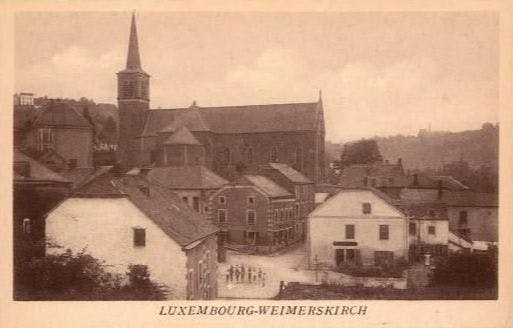
Frequently Asked Questions (FAQ)
What are the pros and cons of living in Weimerskirch?
Weimerskirch offers a tranquil, village-like ambiance with proximity to the Kirchberg business district. Affordable real estate, diverse cultural spots like Café le Bovary, and excellent transport connectivity are notable advantages. The neighborhood's compact size results in limited infrastructure, particularly in cultural and commercial aspects. Additionally, the absence of supermarkets may require residents to travel to neighboring areas for groceries.
Are there parks, nature places, and playgrounds in Weimerskirch?
Yes, Weimerskirch features Parc Laval, a spacious park with playgrounds and serene walking trails. The neighborhood also offers multiple children's play areas, contributing to a family-friendly environment.
What healthcare facilities are accessible in or near Weimerskirch?
Weimerskirch residents benefit from the close proximity of CHL Eich, a hospital center with a rich history dating back to 1873. Originally a hospice and orphanage, it now forms a vital part of the Centre Hospitalier de Luxembourg, offering comprehensive medical services.
What transportation options are available in Weimerskirch?
Weimerskirch provides diverse transportation options. Car enthusiasts enjoy quick access to the city center and Kirchberg business district, with outdoor parking facilities throughout the neighborhood. Five bus lines connect Weimerskirch to various destinations, and cycling is a popular choice, facilitated by dedicated paths and a Veloh station. Walking is feasible, though travel times are long and vary depending on the destination. Additionally, a nearby train station in Dommeldange enhances connectivity for those commuting beyond the capital.
Source: fr.wikipedia.org, de.wikipedia.org, vdl.lu, justarrived.lu, luxembourg-city.com, saint-martindetours.com, swissinfo.ch, es.wikipedia.org, fr.wikipedia.org, es.wikipedia.org, immotop.lu
We took photos from these sources: Wikimedia Commons, nostalgie.lu, Ville de Luxembourg, Google Maps, Café le Bovary Facebook Page,
